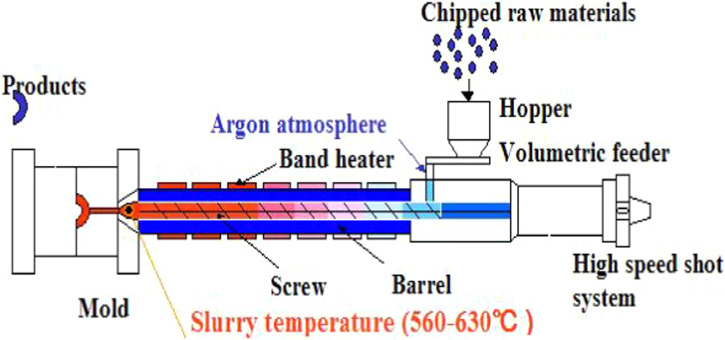소개
Die casting is a widely used manufacturing process that involves the production of high-quality metal parts through the use of molds, or dies. This process has gained popularity due to its ability to produce complex shapes with excellent accuracy and surface finish. In this comprehensive guide, we will delve into the world of die casting products, exploring the materials used, the process involved, and the various applications of die casting.
Materials used in Die Casting
Die casting is commonly used for non-ferrous metals such as aluminum, magnesium, and zinc. These metals offer good casting properties, including high fluidity, excellent dimensional stability, and superior strength. Aluminum, in particular, is the most widely used material in die casting due to its lightweight, corrosion resistance, and high thermal conductivity.
The Die Casting Process
The die casting process can be divided into four main steps: mold preparation, metal melting and injection, solidification, and part ejection. Firstly, the mold is prepared by creating two halves that fit together precisely and include cavities to form the desired shape of the part. The molds are generally made from steel and can endure multiple casting cycles.
Next, the metal is melted and injected into the mold under high pressure. The pressure ensures that the molten metal fills the mold completely, resulting in a precise and accurate part. Once injected, the molten metal rapidly solidifies due to the cooling system incorporated within the mold.
After solidification, the mold is opened, and the part is ejected. The excess material, known as the runner and gate, is removed, and the final product is then inspected for any defects or imperfections.
Applications of Die Casting
Die casting is widely used in various industries, including automotive, aerospace, electronics, and household appliances. Its ability to produce complex shapes with tight tolerances makes it suitable for manufacturing engine parts, transmission housings, automotive wheels, and structural components.
In the aerospace industry, die casting is employed to produce lightweight and high-strength components such as turbine blades, fan casings, and structural parts for aircraft.
Electronics also benefit from die casting, with the production of components like heat sinks, connectors, and housing for electronic devices. Die casting provides excellent electromagnetic shielding and thermal management properties, making it ideal for these applications.
Die casting is utilized in the production of household appliances like refrigerators, washing machines, and vacuum cleaners. The process allows for the creation of intricate parts with excellent surface finish, enhancing the aesthetic appeal of these appliances.
Advantages and Limitations of Die Casting
Die casting offers several advantages, including high production rates, dimensional accuracy, excellent surface finish, and the ability to produce complex shapes. The process also reduces material wastage and allows for the incorporation of additional features such as inserts and threads during casting.
Die casting is not without its limitations. The initial cost of mold production can be high, especially for complex parts. Additionally, the process is not suitable for all metals, limited to non-ferrous materials. Die casting is also not recommended for parts that require a high level of ductility or are subjected to significant impact or load.
결론
Die casting is a versatile and widely used manufacturing process that enables the production of high-quality metal parts with excellent dimensional accuracy and surface finish. With advancements in technology, die casting continues to expand its applications in various industries. Understanding the materials used, the process involved, and the advantages and limitations of die casting can help manufacturers make informed decisions about incorporating this process into their production line.

 0086-750-5616188
0086-750-5616188 +86 13392089688
+86 13392089688 sales@zhongmei-tech.com
sales@zhongmei-tech.com














